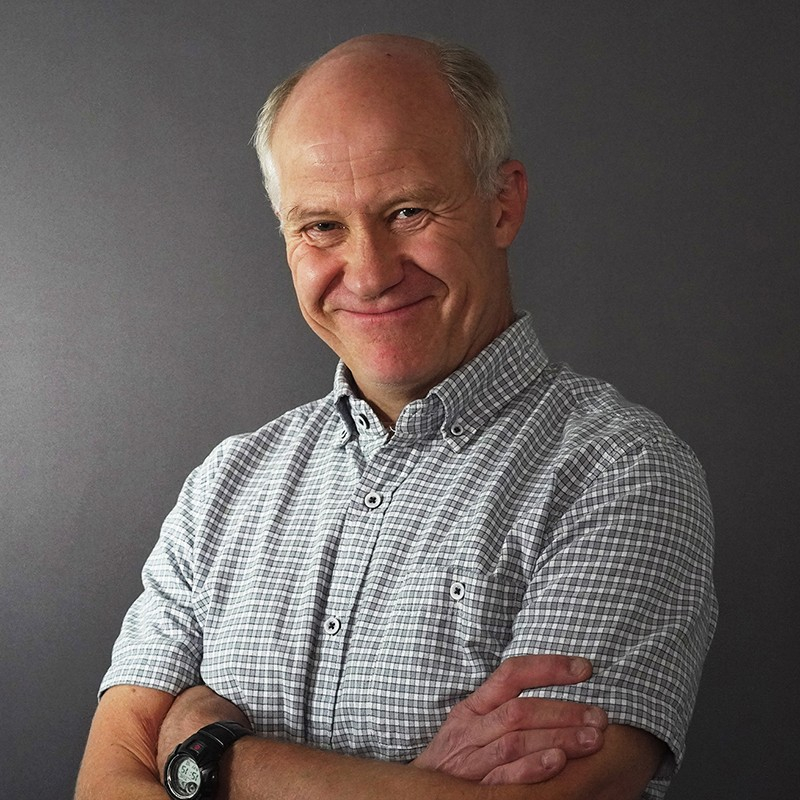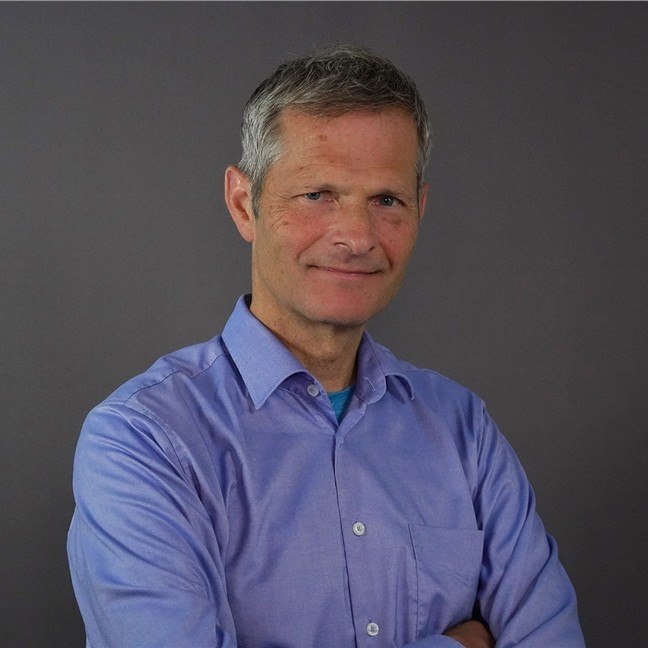Publikasjonsdetaljer
- Journal: Preventive Veterinary Medicine, vol. 121, p. 132–141, 2015
- Utgiver: Elsevier
-
Internasjonale standardnumre:
- Trykt: 0167-5877
- Elektronisk: 1873-1716
- Lenke:
Infectious diseases are a constant threat to industrialised farming, which is characterised by high densities of farms and farm animals. Several mathematical and statistical models on spatio-temporal dynamics of infectious diseases in various farmed host populations have been developed during the last decades. Here we present a spatio-temporal stochastic model for the spread of a disease between and within aquaculture farms. The spread between farms is divided into several transmission pathways, including (i) distance related spread and (ii) other types of contagious contacts. The within-farm infection dynamics is modelled by a susceptible–infected–recovered (SIR) model. We apply this framework to model the spread of pancreas disease (PD) in salmon farming, using data covering all farms producing salmonids over 9 years in Norway. The motivation for the study was partly to unravel the spatio-temporal dynamics of PD in salmon farming and partly to use the model for scenario simulation of PD control strategies. We find, for example, that within-farm infection dynamics vary with season and we provide estimates of the timing from unobserved infection events to disease outbreaks on farms are detected. The simulations suggest that if a strategy involving culling of infectious cohorts is implemented, the number of detected disease outbreaks per year may be reduced by 57% after the full effect has been reached. We argue that the high detail and coverage of data on salmonid production and disease occurrence should encourage the use of simulation modelling as a means of testing effects of extensive control measures before they are implemented in the salmon farming industry.

